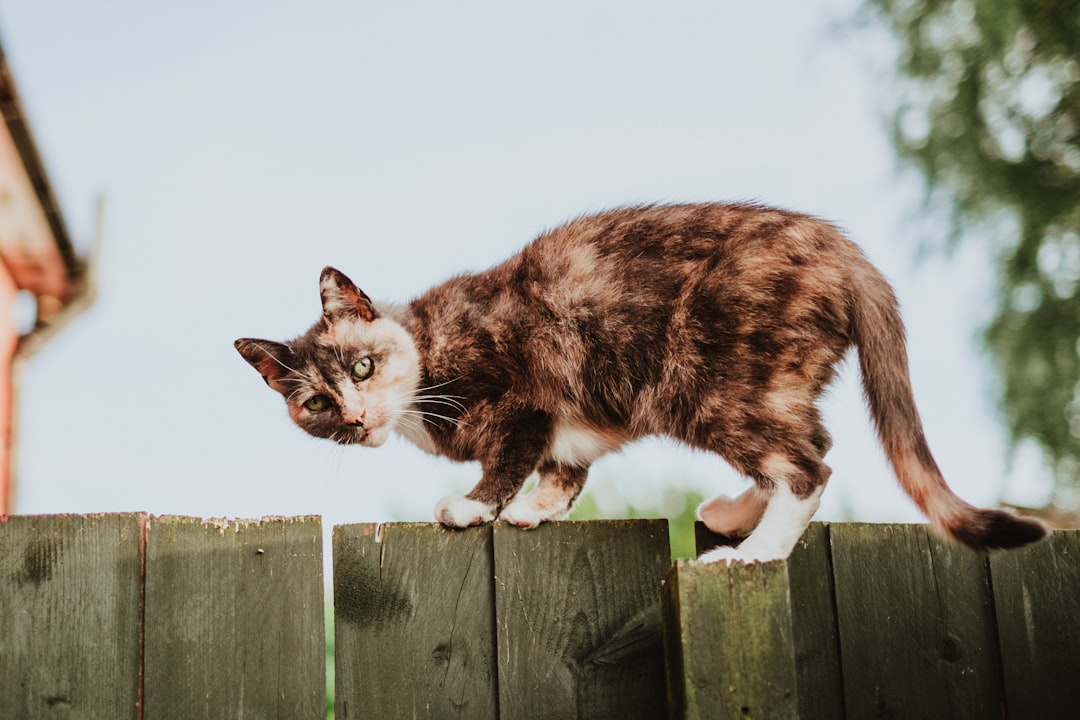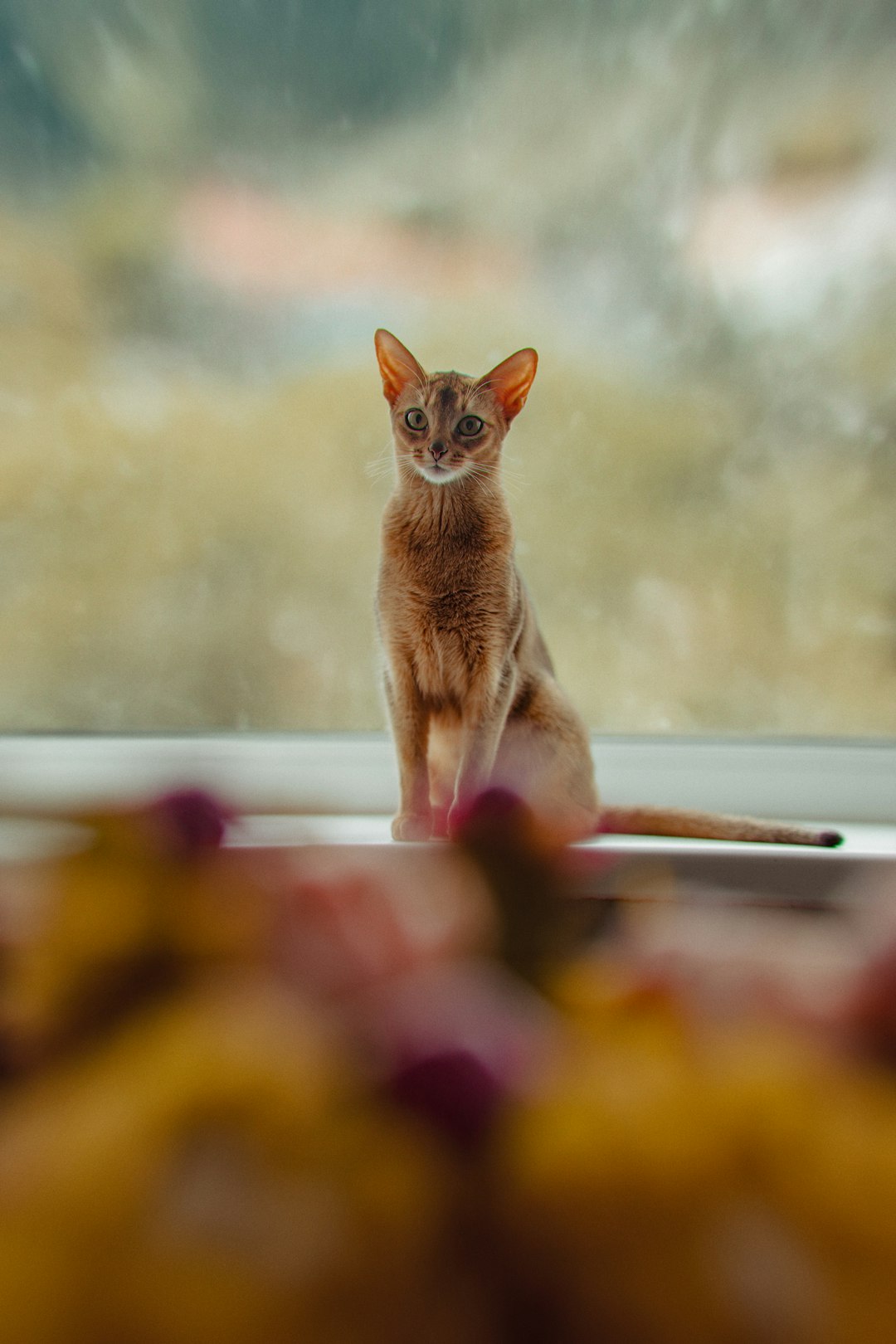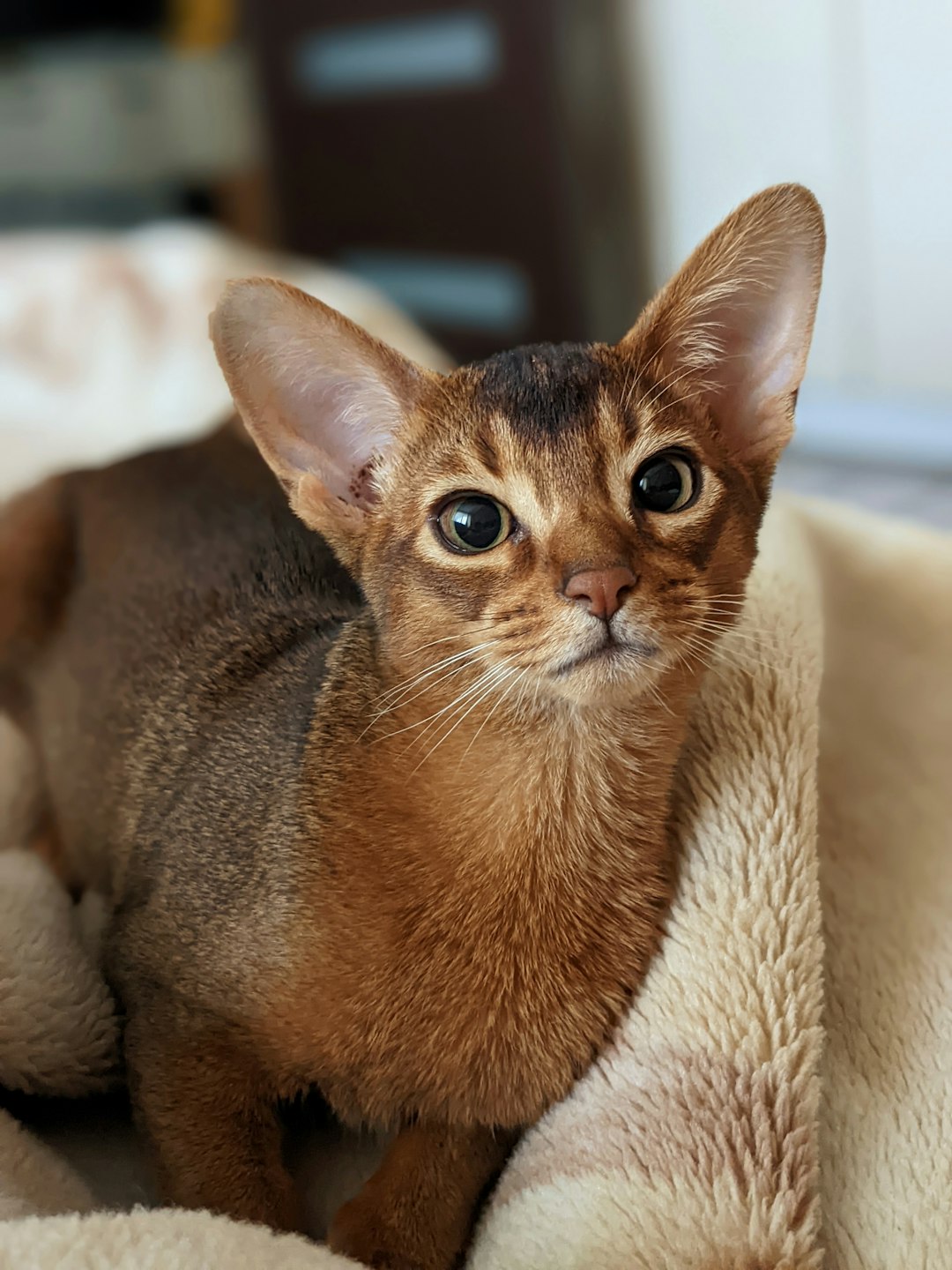The enchanting allure of the Black Ragdoll Cat captivates both cat enthusiasts and potential pet owners alike. Originating from a unique breed known for its stunning appearance and gentle temperament, the Black Ragdoll cat boasts a rich history and a charm that is hard to resist. These affectionate felines not only display striking physical features but also possess a delightfully laid-back personality, making them perfect companions. In this comprehensive guide, we will explore their origins, care needs, and common misconceptions, ensuring you have all the information to welcome this beautiful breed into your home.
History and Origins of the Black Ragdoll Cat
The Black Ragdoll Cat is a captivating breed with a rich history that dates back to the 1960s. Originally developed in California, this enchanting breed emerged through the effort of a Persian cat breeder named Ann Baker. Here’s a brief overview of its origins:
- Foundation Cats: Ann Baker started the Ragdoll breed by crossbreeding several domestic long-haired cats, including a white Persian. This crossbreeding resulted in a unique type of cat that was gentle and affectionate.
- Introduction of Color: While the initial Ragdolls were not black, breeders later introduced the black coloration into the gene pool, leading to the mesmerizing Black Ragdoll Cat we see today.
- Distinct Traits: Over time, the Black Ragdoll Cat developed its signature traits, such as large, expressive blue eyes and a plush, semi-long coat, alongside its renowned docile temperament.
Thus, the Black Ragdoll Cat serves as a stunning testament to the breed’s evolution, blending beauty, charm, and a heartwarming disposition. Whether as a companion or a family member, this breed continues to enchant cat lovers around the world.
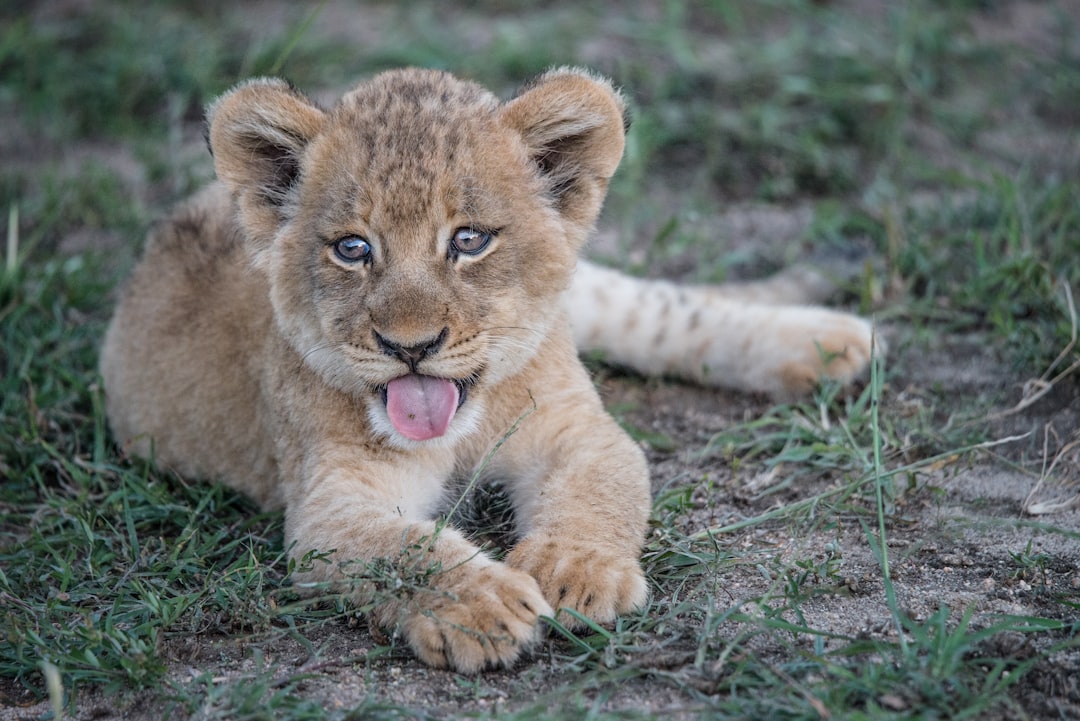
Physical Characteristics and Appearance
The Black Ragdoll Cat is truly a sight to behold. This elegant breed showcases distinct physical features that set it apart from other cats. Here’s what you can expect:
- Size: Black Ragdolls are medium to large, typically weighing between 10-20 pounds.
- Body Shape: They possess a sturdy, semi-long body with a muscular build.
- Fur: Their coat is one of their most striking attributes. It is semi-long, plush, and silky with a rich black coloration, often accented with darker shades on the tips.
- Eyes: Large, expressive blue eyes provide a captivating contrast against their dark fur, enhancing their appeal.
- Face: They have a broad head with rounded edges and a slightly flat wedge shape.
| Feature | Description |
|---|---|
| Weight | 10-20 pounds |
| Fur Length | Semi-long, plush |
| Coloration | Rich black, potential darker tips |
| Eye Color | Striking blue |
| Body Type | Sturdy, semi-long |
The Black Ragdoll Cat not only has stunning looks but also embodies the charm associated with the Ragdoll breed, drawing admirers wherever it goes.
Temperament and Personality Traits
The Black Ragdoll Cat is not only a striking visual presence but also possesses an endearing personality. Here’s what you can expect from this remarkable breed:
Gentle and Affectionate: Black Ragdoll Cats thrive on companionship and often seek out their human friends for affection. They are known for their soothing nature and love to cuddle.
Social and Friendly: This breed typically gets along well with children and other pets, making them a perfect addition to diverse households.
Playful Yet Relaxed: While Ragdolls enjoy interactive play, they also exhibit a laid-back demeanor that makes them easy to live with. They’ll happily settle on your lap after a playful session.
Intelligent and Trainable: Black Ragdolls are quick learners and respond positively to training. They can learn tricks and even walk on a leash with some patience.
In summary, if you seek a loving, social, and adaptable feline companion, the Black Ragdoll Cat might be your ideal choice. Their charming personality makes them not just pets but beloved family members.
Care and Maintenance Needs
Caring for a Black Ragdoll Cat requires commitment and attention to detail. Here are key aspects to consider:
Grooming: Regular brushing is essential to maintain the luxurious coat of your Black Ragdoll Cat. Aim for at least 2-3 times a week to prevent matting and reduce shedding.
Diet: Provide a high-quality, protein-rich diet tailored to your cat’s age and activity level. Look for options that include:
- Wet food for hydration
- Dry kibble for dental health
Litter Box Maintenance: Keep the litter box clean by scooping daily and changing the litter weekly. A clean environment encourages your Black Ragdoll Cat to use the box consistently.
Exercise and Enrichment: Engage your cat with toys, climbing structures, and interactive play. This helps keep your Black Ragdoll Cat physically fit and mentally stimulated.
Routine Veterinary Care: Schedule regular veterinary visits for vaccinations, health checks, and dental care.
By following these guidelines, you can ensure a happy and healthy life for your Black Ragdoll Cat, making a loving companion for years to come.
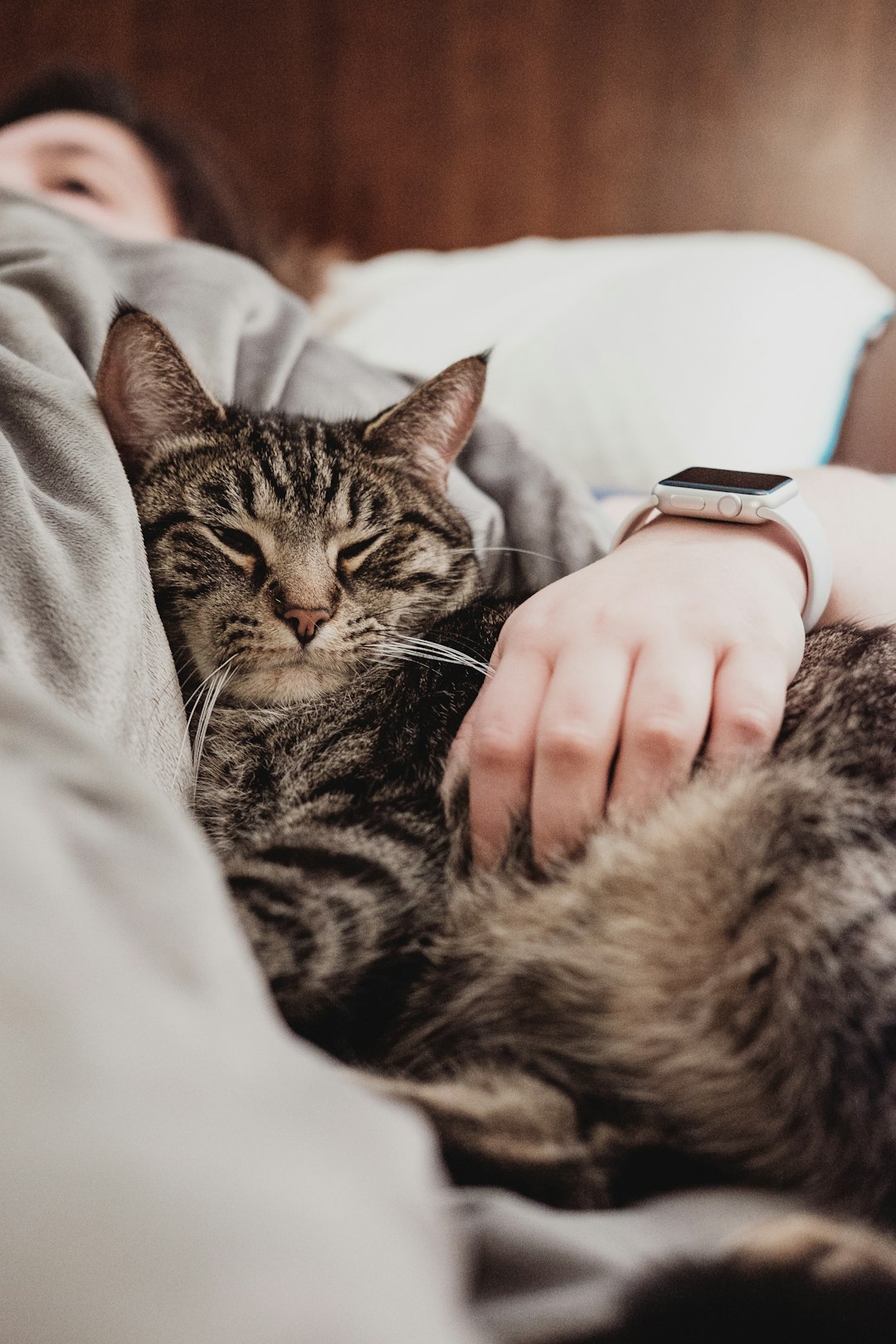
Health Considerations for Ragdoll Cats
Maintaining the health of your Black Ragdoll Cat is crucial for a long and happy life. Here are some essential health considerations to keep in mind:
Genetic Predispositions: Ragdolls, including the stunning Black Ragdoll Cat, can be prone to certain inherited health issues:
- Hypertrophic Cardiomyopathy (HCM): This is a common heart disease in cats. Regular veterinary check-ups can help detect it early.
- Kidney Disease: Keep an eye on your cat’s water intake and litter box habits.
Regular Veterinary Visits: Schedule annual check-ups to catch potential health issues early. Routine vaccinations and dental care are also vital.
Nutrition: Provide high-quality food tailored for Ragdolls. Look for:
- Protein-rich ingredients
- Essential fatty acids for coat health
- Proper hydration focus
Weight Management: Monitor your Black Ragdoll Cat’s weight, as obesity can lead to further health complications. Regular playtime and interactive toys can help keep them active!
Caring for your Black Ragdoll Cat with these health considerations ensures their well-being and longevity.
Training Tips and Best Practices
Training your Black Ragdoll Cat can be a rewarding experience. These intelligent and affectionate felines respond well to positive reinforcement. Here are some effective tips and practices to help you train your furball:
- Start Early: Begin training as soon as you bring your Black Ragdoll Cat home. Kittens are particularly receptive to learning.
- Use Treats: Incentivize good behavior with treats. This motivates your cat and strengthens your bond.
- Short Sessions: Keep training sessions brief, around 5-10 minutes. Cats have short attention spans, so make it enjoyable and engaging.
- Consistency is Key: Use the same commands and hand signals every time to avoid confusing your cat.
- Litter Box Training: Most Black Ragdoll Cats instinctively use the litter box. Praise them when they do, reinforcing this behavior.
Commands to Teach
| Command | Purpose |
|---|---|
| Sit | Basic obedience |
| Come | Recall training |
| High Five | Fun trick for socialization |
By employing these training tips, you’ll not only cultivate a well-behaved Black Ragdoll Cat but also enhance your relationship with your beloved pet.
Choosing the Right Black Ragdoll Cat
Selecting the perfect Black Ragdoll Cat can be an exciting yet daunting task. To ensure you find a feline companion that suits your lifestyle and preferences, consider the following key factors:
- Age: Kittens require more training and socialization, while adult cats may already have established personalities.
- Temperament: Black Ragdoll Cats are known for their affectionate and calm nature. Spend time with potential pets to gauge their personalities.
- Health Screening: Prioritize adopting from breeders or shelters that conduct health tests. Look for assurances against common Ragdoll health issues.
- Living Environment: Ensure your home can accommodate the cat’s needs. Ragdolls thrive in a spacious, comfortable setting.
- Breeder Reputation: Do your research. A reputable breeder will prioritize the health and well-being of their cats.
Here’s a quick comparison between adopting and buying:
| Aspect | Adopting | Buying |
|---|---|---|
| Cost | Usually lower | Higher initial investment |
| Health Background | May vary | Often health-screened |
| Environment | Need for social adaptation | Usually raised in a family setting |
| Variety of Ages | Mix of ages available | Typically kittens |
By considering these aspects, you can make an informed decision about bringing home your ideal Black Ragdoll Cat.
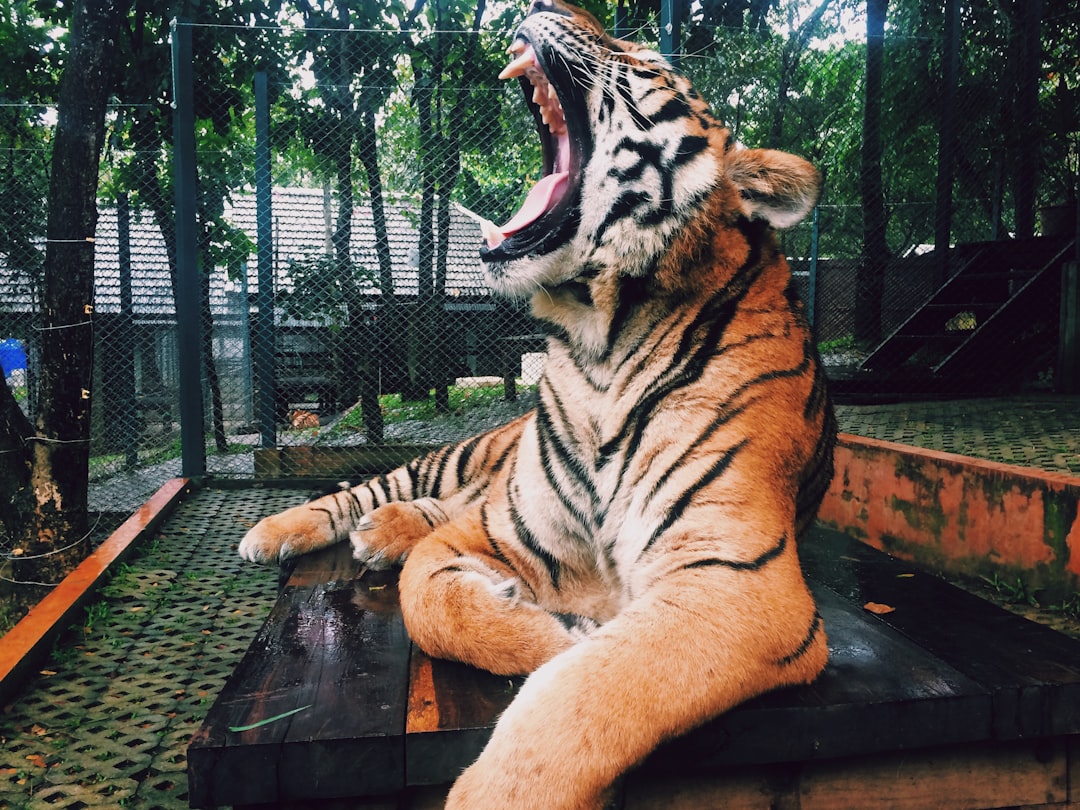
Common Myths and Misconceptions
The Black Ragdoll Cat breed captivates many cat lovers, but several myths may cloud their understanding. Let’s debunk some common misconceptions:
Myth 1: All Ragdolls are exclusively blue-eyed.
- Fact: While many Ragdolls boast stunning blue eyes, Black Ragdoll Cats can also come with other eye colors, including gold and green, depending on their genetic background.
Myth 2: Ragdolls are hypoallergenic.
- Fact: No cat is entirely hypoallergenic. The Black Ragdoll Cat may produce fewer allergens than other breeds, but it can still trigger reactions in sensitive individuals.
Myth 3: These cats don’t require social interaction.
- Fact: Ragdolls, including the Black Ragdoll Cat, thrive on human companionship. They are known for their affectionate nature and often seek interaction with their owners.
Myth 4: Ragdolls are lazy and inactive.
- Fact: While the Black Ragdoll Cat enjoys lounging, they also play and engage in activities. Regular playtime is essential for their physical and mental well-being.
By understanding the truth behind these myths, prospective owners can better appreciate the charm of the Black Ragdoll Cat and provide proper care.
Frequently Asked Questions
What is the temperament of the Black Ragdoll Cat?
The Black Ragdoll Cat is known for its gentle and calm temperament. They are typically very friendly and affectionate towards their families, often following their owners around the house. These cats usually enjoy being held and cuddled, and they thrive on companionship. With their relaxed nature, they adapt well to different living situations and get along with children and other pets, making them ideal family pets.
How do I care for a Black Ragdoll Cat?
Caring for a Black Ragdoll Cat involves regular grooming, a balanced diet, and regular vet check-ups. Ragdolls have semi-long fur, which requires weekly brushing to prevent matting and reduce shedding. They should be fed high-quality cat food tailored to their age and health needs. Regular dental care and vaccinations are essential for their health. Additionally, providing them with plenty of playtime and mental stimulation helps keep them happy and healthy.
Are Black Ragdoll Cats prone to any health issues?
Like all cat breeds, Black Ragdoll Cats can be susceptible to certain health issues, including hypertrophic cardiomyopathy (HCM), a common heart condition in cats. Regular veterinary check-ups are essential for early detection and management of any potential health issues. It’s also important to ask breeders about the health history of the kitten’s parents to ensure they come from a line with fewer genetic predispositions to health problems.
What should I consider when adopting a Black Ragdoll Cat?
When adopting a Black Ragdoll Cat, consider your lifestyle and the amount of time you can commit to grooming and playtime. Ragdolls are social animals that require interaction and mental stimulation, so they are best suited for families or individuals who can spend quality time with them. It’s also crucial to evaluate if you have the financial resources for their care, including food, grooming, and veterinary expenses, which can be significant over their lifetime.

